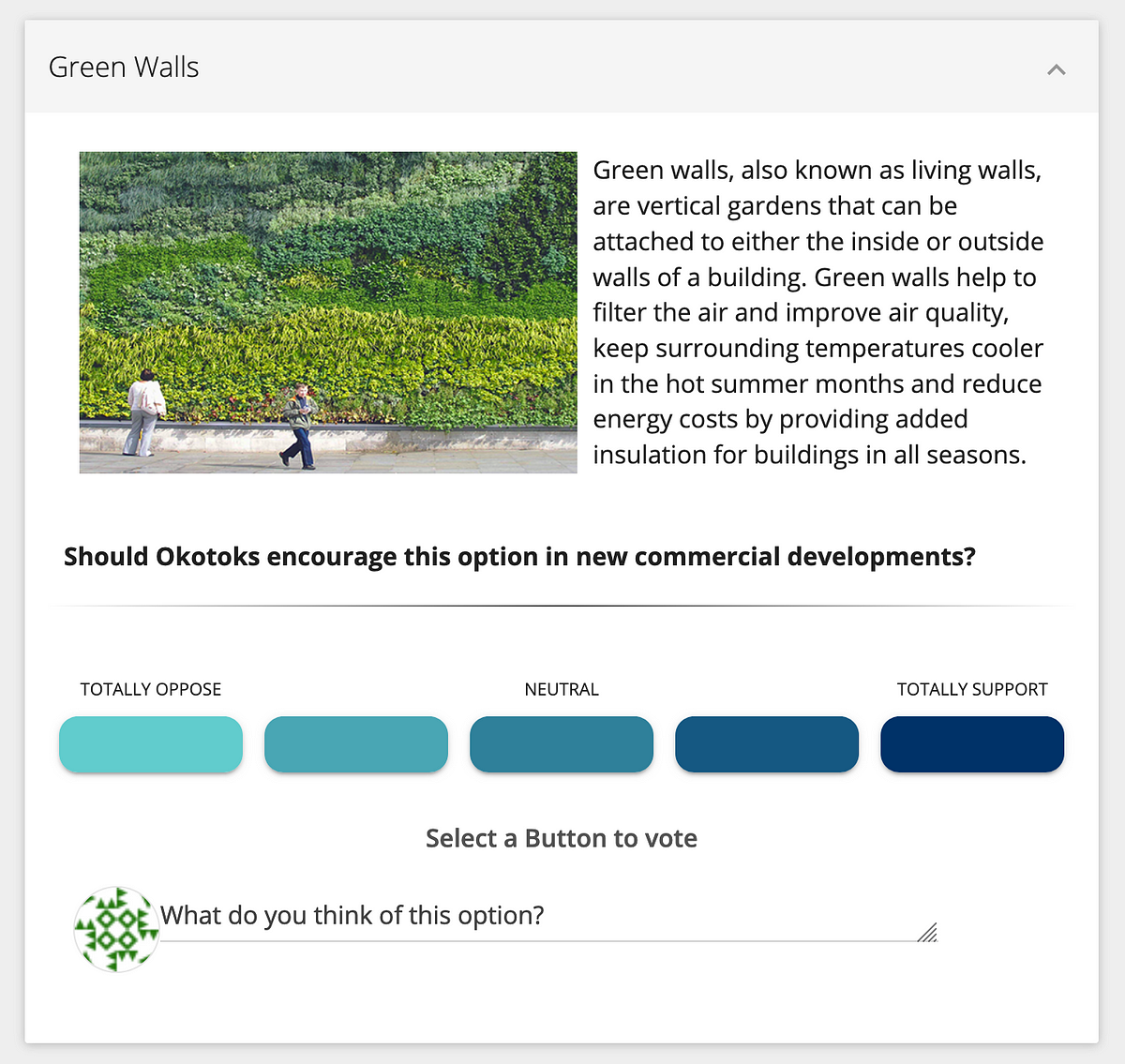Saahil Jayraj Dama at JoDS: “Today too many people are still deprived of basic amenities such as medicine, while current patent laws continue to convolute and impede innovation. But if allowed, AI can provide an opportunity to redefine this paradigm and be the catalyst for change—if
Which brings us to the most befitting answer: No one owns the intellectual property rights to AI-generated creations, and these creations fall into the public domain. This may seem unpalatable at first, especially since intellectual property laws have played such a fundamental role in our society so far. We have been conditioned to a point where it seems almost unimaginable that some creations should directly enter the public domain upon their birth.
But, doctrinally, this is the only proposition that stays consistent to extant intellectual property laws. Works created by AI have no rightful owner because the application of mind to generate the creation, along with the actual generation of the creation, would entirely be done by the AI system. Human involvement is ancillary and is limited to creating an environment within which such a creation can take form.
This can be better understood through a hypothetical example: If an AI system were to invent a groundbreaking pharmaceutical ingredient which completely treats balding, then the system would likely begin by understanding the problem and state of prior art. It would undertake research on causes of balding, existing cures, problems with existing cures, and whether its proposed cure would have any harmful side effects. It would also possibly combine research and knowledge across various domains, which could range from Ayurveda to modern-day biochemistry, before developing its invention.
The developer can lay as much stake to this invention as the team behind AlphaGo for beating Lee Sedol at Go. The user is even further detached from the exercise of ingenuity: She would be the person who first thought, “We should build a Go playing AI system,” and direct the AI system to learn Go by watching certain videos and playing against itself. Despite the intervention of all these entities, the fact remains that the victory only belongs to AlphaGo itself.
Doctrinal issues aside, this solution ties in with what people need from intellectual property laws: more openness and accessibility. The demands for improved access to medicines and knowledge, fights against cultural monopolies, and brazen violations of unjust intellectual property laws are all symptomatic of the growing public discontent against strong intellectual property laws. Through AI, we can design legal systems which address these concerns and reform the heavy handed approach that has been adopted toward intellectual property rights so far.
Tying the Threads Together
For the above to materialize, governments and legislators need to accept that our present intellectual property system is broken and inconsistent with what people want. Too many people are being deprived of basic amenities such as medicines, patent trolls and patent thickets are slowing innovation, educational material is still outside the reach of most people, and culture is not spreading as widely as it should. AI can provide an opportunity for us to redefine this paradigm—it can lead to a society that draws and benefits from an enriched public domain.
However, this approach does come with built-in cynicism because it contemplates an almost complete overhaul of the system. One could argue that if open access for AI-generated creations does become the norm, then innovation and creativity would suffer as people would no longer have the incentive to create. People may even refuse to use their AI systems, and instead stick to producing inventions and creative works by themselves. This would be detrimental to scientific and cultural progress and would also slow adoption of AI systems in society.
Yet, judging by the pace at which these systems have progressed so far and what they can currently do, it is easy to imagine a reality where humans developing inventions and producing creative works almost becomes an afterthought. If a machine can access all the world’s publicly available knowledge and information to develop an invention, or study a user’s likes and dislikes while producing a new musical composition, it is easy to see how humans would, eventually, be pushed out of the loop. AI-generated creations are, thus, inevitable.
The incentive theory will have to be reimagined, too. Constant innovation coupled with market forces will change the system from “incentive-to-create” to “incentive-to-create-well.” While every book, movie, song, and invention is treated at par under the law, only the best inventions and creative works will thrive under the new model. If a particular developer’s AI system can write incredible dialogue for a comedy film or invent the most efficient car engines, the market would want more of these AI systems. Thus incentive will not be eliminated, it will just take a different form.
It is true that writing about such grand schemes is significantly tougher than practically implementing them. But, for

